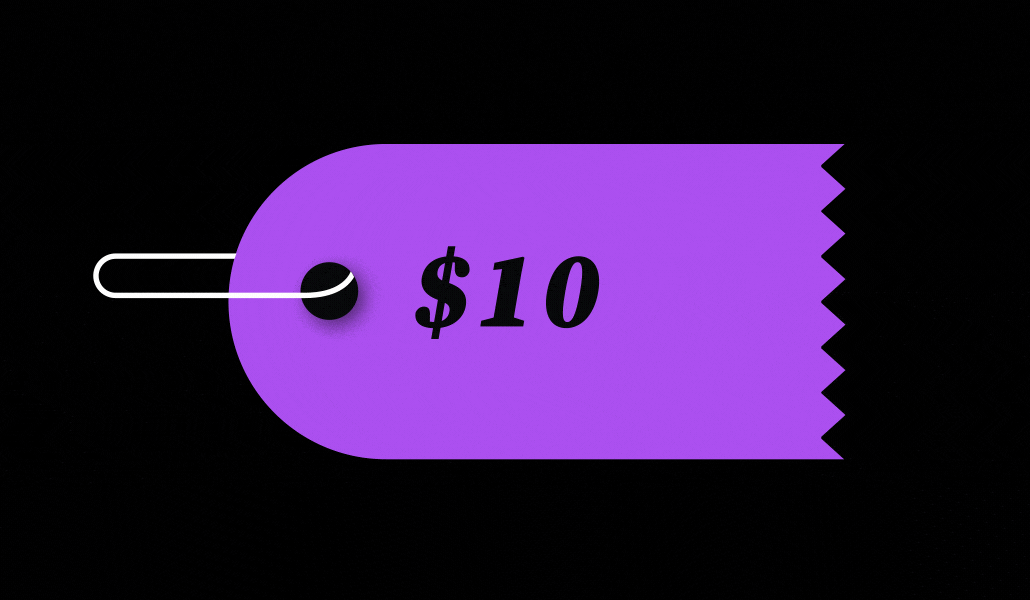This article is part of a cross-brand Digiday Media series that examines how the creator economy has evolved amid the Covid-19 pandemic. Explore the full series here.
There used to be a fairly straightforward path to becoming a creative director of a fashion brand. You could go the designer route, spending long years at a school like Central Saint Martins or Parsons, or you could work your way up through a brand’s ranks from an entry-level position.
But now, there’s another path: Get a couple million followers on Instagram.
Increasingly, fashion brands are tapping platform influencers for creative director roles, a move that has brought both praise and criticism from the rest of the fashion world. Kendall Jenner became the creative director of fashion brand FWRD last September, for example, while Instagram influencer Molly-Mae Hague was appointed creative director of British fast-fashion brand Pretty Little Thing the month before. Outside of fashion, influencer Emma Chamberlain was appointed creative director of skin-care brand Bad Habit in 2020.
These moves have aroused some criticism in the fashion world. Some have characterized these hires as taking away roles from more qualified candidates, while others have said that hiring them is more of a PR stunt than a genuine strategic move.
But the role of a creative director in fashion has evolved significantly over the years, from being solely a designer to, in some cases, being the face of a brand. Creative directors are routinely responsible for not just a brand’s products but its entire aesthetic, including its presence on social media. In the latter case, a platform influencer with hundreds of thousands of followers is eminently qualified for the role.
“The role [of creative director] can be a lot of different things,” said Jeff Staple, designer and creative director of his brand Staple and creative consultancy Reed Art Department. “Each person has their own strengths. Maybe they’re better at sales, better at design, better at being the face of a company or better at collaborations. It’s all about determining where the brand should go.”
For example, since her appointment at Pretty Little Thing, Hague has been both a behind-the-scenes driver of the brand’s direction and its public face. Almost weekly, she posts pics of herself wearing different outfits from the collection, many of which get hundreds of thousands of likes from her 6.3 million followers. Occasionally, those two roles intersect. For example, Hague posted footage and selfies from behind the scenes of Pretty Little Thing’s February fashion show, with individual posts receiving nearly half a million likes.
View this post on Instagram
In many ways, the influencer-as-creative-director is simply an evolution of the relationship between brands and their ambassadors. The line between a one-off collaboration and a genuine partnership has been blurring for years. Look at relationships like the one between Kanye West and Adidas that birthed the mammoth sneaker line Yeezy, or his current partnership with Gap.
“Naming an influencer to the position of creative director can allow a brand to establish a deeper partnership that goes beyond product promotion and taps into product direction, brand aesthetic and creative oversight,” said Tierney Wilson, svp of client strategy and consulting at agency January Digital. “In a time when consumers value authenticity, a deeper and ongoing partnership such as that gives an extra layer of validity to the brand among the influencer’s fans and followers.”
The current wave of influencer-creative-directors is notably different from the brands that have appointed celebrities in more ceremonial roles in the past. The latter was best described in an infamous 2013 viral clip of Kanye West speaking about Lady Gaga’s appointment as creative director of Polaroid: “I like some of the Gaga songs. What the fuck does she know about cameras?”
Instead, most influencer-creative-directors are expected to have some level of actual input on product or marketing, like Hague’s aforementioned direction of Pretty Little Thing’s fashion shows or Jenner’s work directing FWRD’s marketing campaigns.
In 2020, after appointing model Emily Ratjakowski as creative director, Colin Peek, co-founder of face mask brand Loops, told Glossy that earlier celebrity creative director appointees were largely cash-grabs.
“I don’t think that is successful and I don’t think that is where the world is moving,” Peek said. “That was sort of an older theory that has played through, and it wasn’t as successful as people thought it would be.”
But even assurances that a big-name appointee will actually be doing the role they’re assigned aren’t enough to totally assuage concerns.
“It is important that the brand and influencer be fully bought into one another through ongoing values alignment and that they make clear to their respective audiences exactly why the deeper partnership exists and what the customer can expect from it,” Wilson said.




